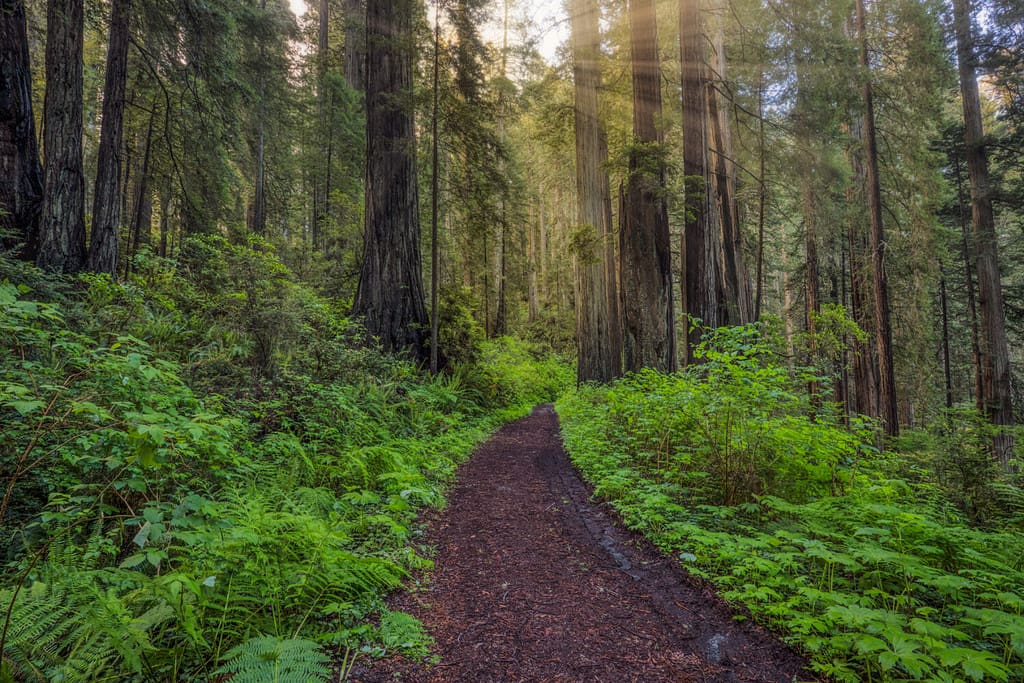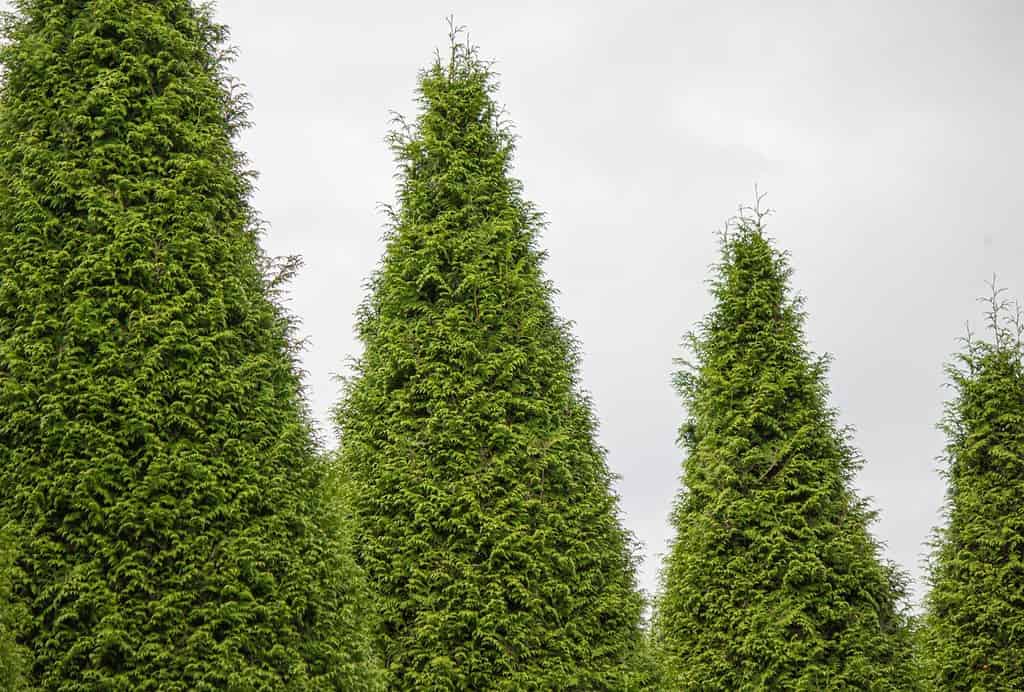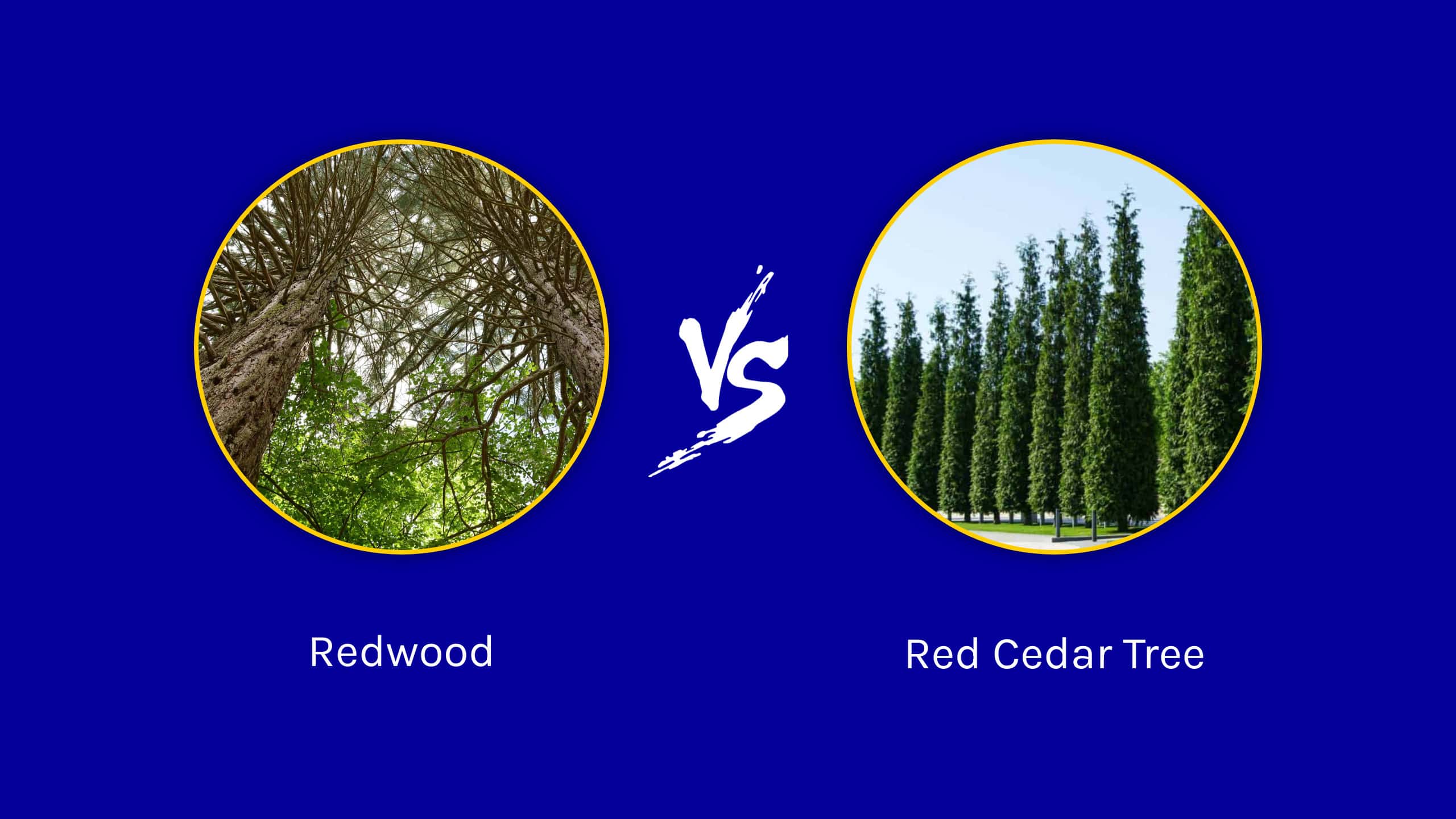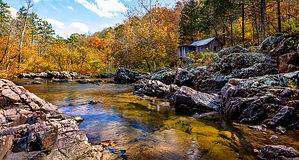There’s no experience like venturing into the ancient forests of the West coasts and walking among the silent giants in the forests. California, Oregon, Washington, and British Columbia are known worldwide for their incredible, towering trees—especially the redwoods and red cedars.
While these silent giants are similar, there are a few notable differences when comparing a redwood vs. red cedar tree. In this article, we’ll cover these differences so you can test yourself the next time you venture into these ancient woods.
Let’s dig in!
Comparing Redwood vs. Red Cedar Tree
| Redwood | Red Cedar Tree | |
|---|---|---|
| Classification | Kingdom: Plantae Clade: Tracheophytes Clade: Gymnosperms Division: Pinophyta Class: Pinopsida Order: Pinales Family: Cupressaceae Genus: Sequoia Species: Sequoia sempervirens | Kingdom: Plantae Clade: Tracheophytes Clade: Gymnosperms Division: Pinophyta Class: Pinopsida Order: Cupressales Family: Cupressaceae Genus: Thuja Species:Thuja plicata |
| Origin | Oregon, California, British Columbia | Oregon, California, British Columbia, Montana, Idaho |
| Natural Habitat | Coastal forests | Coastal, mountainous forests |
| USDA Hardiness Zone | Zones 7-10 | Zones 5-8 |
| Conservation Status in the US | Endangered, protected | Least concern, stable population |
| Size | Height: 200 to 325 ft (60 to 99 m) | Height: 150 to 230 ft (45 to 70 m) |
| Shape | Straight, slender trunk; conical crown | Tapered trunk; oval crown |
| Foliage | Needle-like, awl-shaped | Flat sprays; scale-like |
| Wood | Dense, decay-resistant, burn-resistant softwood | Disease-resistant softwood |
| Cones | 0.8 – 1 inch (2 to 2.5 cm) | 0.4 -0.6 inch (1 to 1.5 cm) |
| Uses | Historically used for building due to fire resistance, now protected due to endangerment. | Culturally and historically significant in Indigenous tribes. |
| Elevation Limit (Distance Above Sea Level) | Lower elevation threshold: 3 ft (1 m) Upper elevation threshold: 3,018 ft (920 m) | Lower elevation threshold: Sea level to 3,600 ft (1,100 m) Upper elevation threshold: 7,510 ft (2,290 m) |
The Key Differences Between Redwood vs. Red Cedar Tree
The redwood tends to be significantly taller than the red cedar and more burn-resistant. They’re also centralized around California, rarely spanning up along the coast into Canada. Redwood trees thrive near the coast and typically aren’t found in the mountainous regions the red cedar calls home.
Conversely, the red cedar tree is shorter than the redwood and more tapered toward the crown. The crown itself tends to be fuller and more oval-shaped than the redwood’s conical crown.
Redwood vs. Red Cedar Tree: Scientific Classification
While the redwood and red cedar are closely related, both are members of the family Cupressaceae, with hundreds of other coniferous trees around the world.
Redwoods are a member of the Sequoia genus, known as Sequoia sempervirens. In fact, they’re the only “true” sequoia, with all others being a part of the Sequoiadendron genus. You may people call redwoods “sequoia” trees or confuse them with the Giant Sequoia, Sequoiadendron giganteum.
The red cedar tree is a member of the Thuja genus, which it shares with four other species. The red cedar is classified as Thuja plicata and is one of two Thuja members found in North America. The other is Thuja occidentalis or white cedar. To add to the confusion, the red cedar tree isn’t a true cedar and is more closely related to cypress trees.

Redwoods are a member of the
Sequoiagenus, known as
Sequoia sempervirens.
©Danita Delimont/Shutterstock.com
Redwood vs. Red Cedar Tree: Distribution
You can find redwoods and red cedar trees in the Pacific Northwest. While both grow primarily in California and Oregon, you can find them as far north as British Columbia, Canada.
The redwood doesn’t extend as far North or East as the red cedar tree and stays close to the coast. The red cedar tree reaches into British Columbia and Eastward into Idaho and Montana.

The red cedar is classified as
Thuja plicataand is more closely related to cypress trees.
©Wirestock Creators/Shutterstock.com
Redwood vs. Red Cedar Tree: USDA Hardiness Zone
The redwood prefers warmer climates warmer climates and performs best in USDA zones 7-10. The red cedar tree is more acclimated to the cold and grows in USDA zones Zones 5-8.
Redwood vs. Red Cedar Tree: Size and Shape
Both the redwood and red cedar trees are gigantic, reaching hundreds of feet tall at maturation. However, the redwood towers over the red cedar, reaching upward of 325 feet.
The red cedar tree tends to max out at an honorable 230 feet tall. You likely won’t notice a difference from the ground!
Redwood vs. Red Cedar Tree: Common Uses
Redwoods are endangered and protected—it’s illegal to harvest these trees. However, these gentle giants were once used for building due to their natural fire resistance.
The red cedar, also known as the Tree of Life, holds symbolic and spiritual significance to the Indigenous people of Canada. Many have been carved into the Stanley Park Totem Poles — a must-see if you travel to Vancouver, Canada.
Thank you for reading! Have some feedback for us? Contact the AZ Animals editorial team.








